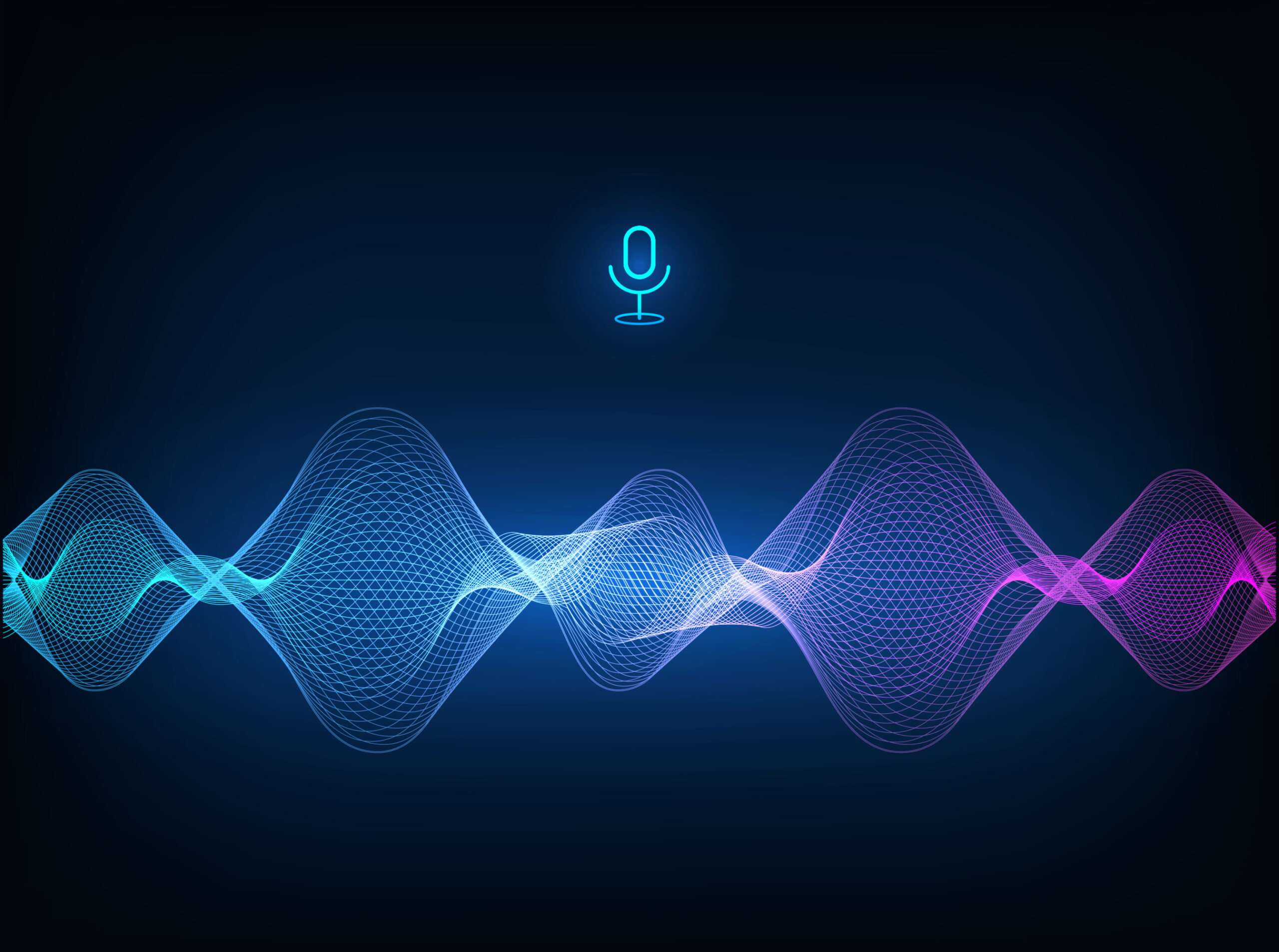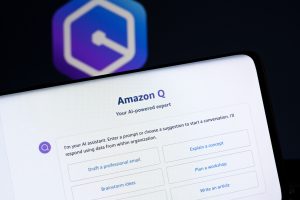
The voice recognition technology landscape is rapidly evolving. Here’s where we are midway through 2023.
In 2023, voice recognition technology continues to advance and improve, offering more accurate and reliable results than ever before.
A combination of artificial intelligence (AI) and natural language processing (NLP) is significantly enhancing the capabilities of voice recognition systems. As a result, they’re more efficient, user-friendly, and accessible.
The Global Voice Assistants Market was valued at USD 2.9 Billion in 2022 and is projected to reach a value of USD 22.2 Billion by 2030 at a CAGR (Compound Annual Growth Rate) of 33.5% over the forecast period 2022-2028.
Here are some key aspects of voice recognition technology in 2023 that will help get it to that level.
Accuracy
Voice recognition systems are only as good as their ability to understand you and process your requests accordingly.
Imagine saying “Hey google, play ocean white noise” to help your kid sleep and it responds by saying “ok, here’s ‘Yeah!” by Usher.” That’s a true story, and while it ended up being a hilarious moment, it’s not an ideal outcome.
Over the years, voice assistants have been able to achieve higher levels of accuracy. They understand and transcribe spoken words with impressive precision.
The integration of deep learning algorithms and large datasets has contributed to this improvement, enabling systems to recognize a wide range of accents, dialects, and speech patterns.
Natural Language Processing
NLP techniques have evolved to a point where voice recognition systems can not only transcribe speech accurately but also comprehend the meaning behind the words.
They can understand context, identify entities, and perform tasks based on voice commands.
This advancement has led to the development of intelligent voice assistants that can engage in meaningful conversations with users.
For example, let’s say you open your phone and ask your voice assistant to recommend a good Italian restaurant nearby. Here’s how the voice assistant utilizes NLP to understand your request, extract the relevant information, and provide a suitable response.
Intent Recognition
NLP helps the voice assistant recognize the intent behind your request, which in this case is to find a good Italian restaurant nearby.
Speech-to-Text Conversion
The voice assistant converts your spoken words into text using speech recognition technology. This process allows the voice assistant to work with the textual representation of your request.
Named Entity Recognition
NLP identifies key named entities in your query, such as “Italian” and “restaurant,” which helps the voice assistant understand the specific domain and context of your request.
Language Understanding
NLP algorithms analyze the structure and meaning of your query, considering the syntax, grammar, and semantics. This enables the voice assistant to grasp the nuances of your request and provide an appropriate response.
Knowledge Retrieval
The voice assistant leverages its pre-existing knowledge or accesses external databases to find relevant information about Italian restaurants in your vicinity. NLP helps the assistant understand and interpret the retrieved information.
Response Generation
Based on the extracted information, the voice assistant generates a response tailored to your request. For instance, it might provide a list of top-rated Italian restaurants, their addresses, contact details, reviews, and even directions to the nearest one.
Text-to-Speech Conversion
After generating the response, the voice assistant converts the text into spoken words using text-to-speech synthesis. This allows the assistant to communicate the information back to you in a natural and human-like voice.
So, like Ron Burgundy, NLP is kind of a big deal. And it takes a lot of data annotation to get there.
Integration with Other Smart Devices:
Voice recognition technology has become an integral part of various smart devices and ecosystems.
Virtual assistants like Amazon’s Alexa, Google Assistant, Apple’s Siri offer voice-controlled functionalities for tasks such as playing music, setting reminders, answering questions, and controlling smart home devices.
Bing now has a chat option that formats the search results as a conversation with an AI chatbot. Bing Chat is powered by GPT-4, OpenAI’s largest language model, and it’s completely free to use.
The difference between Bing Chat’s abilities and those of other voice assistants is that it can help you with many more tasks such as coding, writing, generating images, to name a few.
The voice option supports English, Japanese, French, German, and Mandarin and is available to everyone, according Microsoft.
Multilingual Support in Voice Recognition Technology
Voice recognition technology has expanded its support for multiple languages.
Leading voice recognition systems now offer robust multilingual capabilities, allowing users to interact in their primary language.
This broadens the reach and usability of voice-controlled devices and applications. And this is a major, ongoing problem to contend with.
In the USA alone, there are 30 major dialects. Even within those dialects, there’s variation from speaker to speaker based on gender, education level, economic standing, and plenty of other demographic factors.
That doesn’t even include second-language speakers with unique accents or evolutions to language over time (e.g., new words or slang).
So, to create voice technology that understands everyone, speech algorithms need to be trained on speech data from people of all demographic backgrounds.
In these cases, human transcriptionists are still needed to capture the edge cases where automation speech recognition still struggles.
Improvements in Background Noise Handling
Voice recognition systems have made significant strides in noise cancellation and background noise handling.
They can recognize filter out ambient sounds, making it easier to capture and understand speech accurately even in noisy environments.
This makes it easier to use voice recognition technology when the dog is barking or the baby is crying, for example.
Real-Time Transcription
Voice recognition systems in 2023 can provide real-time transcription, allowing users to receive live transcriptions of their spoken words.
This feature has proven particularly useful in scenarios such as live captioning during events, meetings, or broadcasts.
Security and Privacy
With an increase in use cases for voice recognition technology, security and privacy have become important considerations.
Developers have focused on implementing robust security measures to protect voice data, including encryption and authentication protocols to ensure that user privacy is safeguarded.
Keep on Top of Advancements in Voice Recognition Technology
It’s important to note that the state of voice recognition technology is continually evolving.
The information provided here represents the state of the technology up until 2023, and future developments may bring even more sophisticated and powerful voice recognition systems.
Work with a speech data provider who customizes when needed, and scales up on demand.
At Summa Linguae Technologies, we’ve worked for years to develop and refine our process and platform.
As a result, our data solutions team is recognized by our clients to be extremely versatile with our outside-of-the-box thinking. Additionally, as we’ve developed our crowd and our platform, we’ve gained the ability to offer custom speech data collection and transcription at scale.
To learn how we can create a speech collection program for your organization, book a consultation now.


